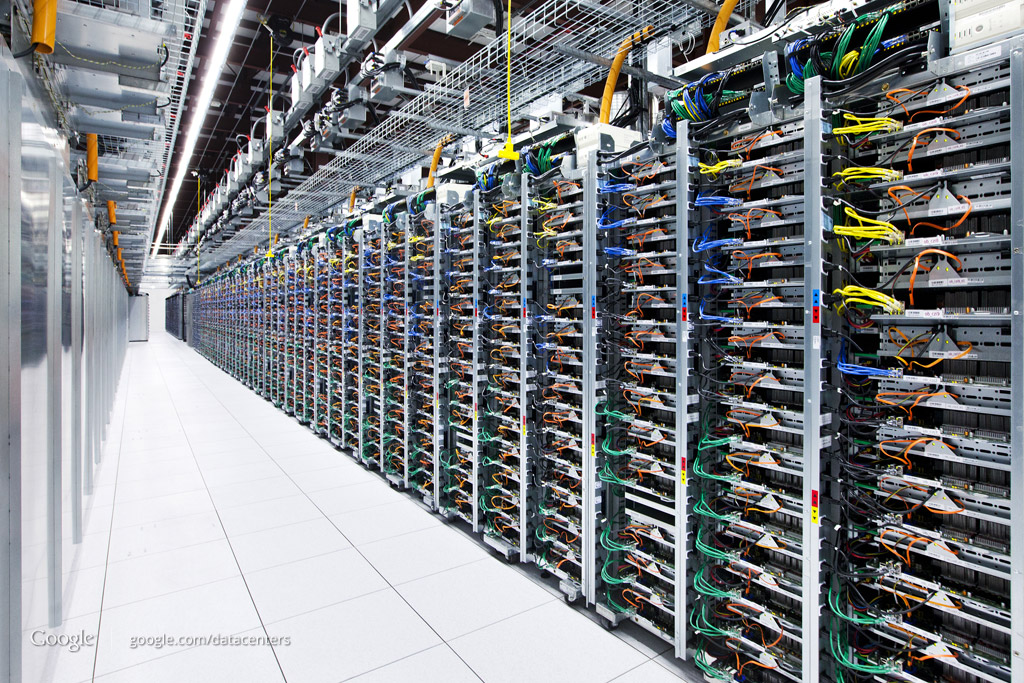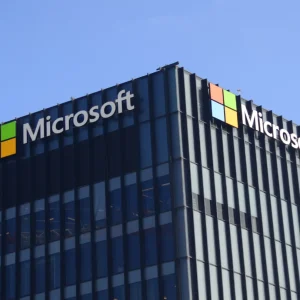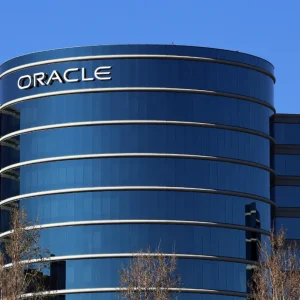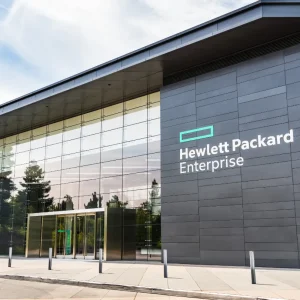
Microsoft has admitted to investors that it faced some “supply chain issues coming into the quarter” as cloud providers scrambled to secure enough servers to ramp up data centre architectures, amid a surge in demand for cloud-based remote working tools.
The COVID-19 pandemic rocked the server hardware supply chain globally as factories around the world shut down just as large enterprises and hyperscalers needed to overhaul data centres. (Dropbox’s CTO this week said his company’s data center team “proactively swapped out 30,000 components in eight weeks” to safely reduce on-site staffing).
Microsoft’s comments came on an earnings call as the company reported results for the quarter ending March 31; reported by Redmond as fiscal Q3, 2020. (Microsoft saw revenues rise 15 percent to $35 billion, net income rise 22 percent to $10.8 billion in Q3).
““We’ve seen two years’ worth of digital transformation in two months,” said CEO Satya Nadella.” From remote teamwork and learning, to sales and customer service, to critical cloud infrastructure”.
Cloud Server Supply
Chipmaker AMD said yesterday on an earnings call that one unnamed cloud provider had added 10,000 servers to their data centres in just 10 days during the crisis, in a frantic bid to scale.
Asked by Mark Moerdler from Bernstein Research how the company was dealing with surging demand that triggered short disruptions at Azure, Xbox Live and Teams during the quarter, Microsoft CEO Satya Nadella said: “I would say these architectures withheld well.
Read this: Microsoft Feels the Squeeze: Throttles 365 Services, Migration Bandwidth
“We did have, as you mentioned, some supply chain issues coming into the quarter, which have largely worked themselves out. But we have a data center architecture and a footprint that really supports our customers’ needs for both the elasticity of demand they need.”
CFO Amy Hood added: “While we spent $3.9 billion in Q3, that was certainly short, in particular, on the server side in terms of getting what we need into the data centers. Things got a lot better in March, and they’re continuing to get better. And so I feel good that we’ll have a healthy CapEx number in Q4 [and] continue to get ahead of the surge in demand.”
The comments came as Heficed (a self-service IP management platform with 10 data centres globally) noted last month that server supplies had been badly hit by the outbreak of the pandemic.
“The sudden stop of operations in China had a drastic effect on the industry, immensely limiting the available hardware supply,” said Vincentas Grinius, CEO of Heficed. “… most of the storage facilities have been emptied clean. Prices for shipping rose from a few hundred to a few thousand dollars: if you would compare it to our previous delivery expenses, costs jumped by at least a 150 percent,” Grinius added in a blog.
Dropbox’s CTO, in a frank blog on the company’s efforts to build supply chain resilience, noted that week that “typically we work directly with two to three rack vendors and six or seven strategic component suppliers, and we expect them to manage their sub-tier suppliers.
“But as we saw the impact of COVID-19 grow… [we had to] keep going one level deeper… This meant expanding our reach into to tier-two and tier-three suppliers—the suppliers of our suppliers—to compile all the information we needed to assess the realistic impact on delivery dates.”






